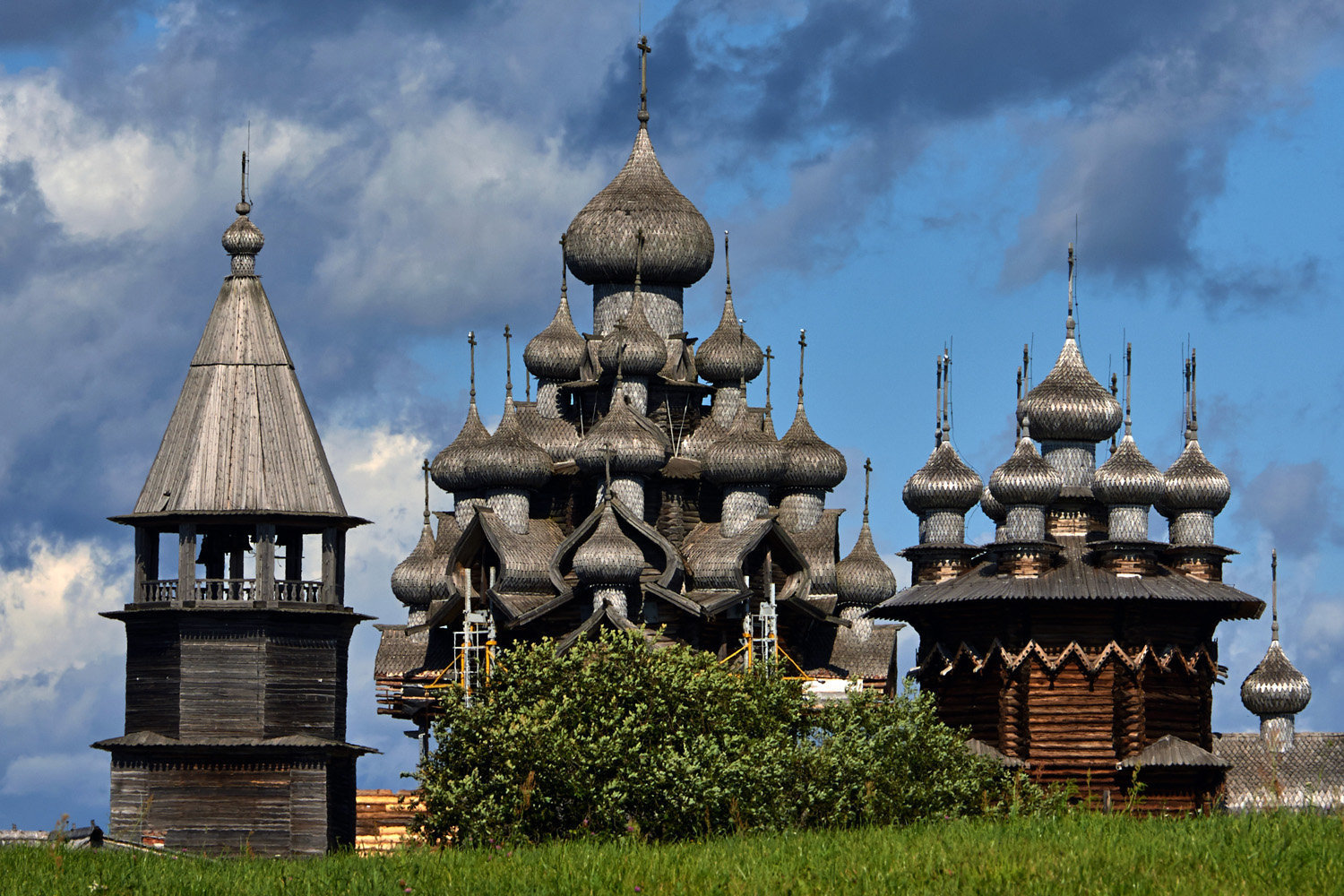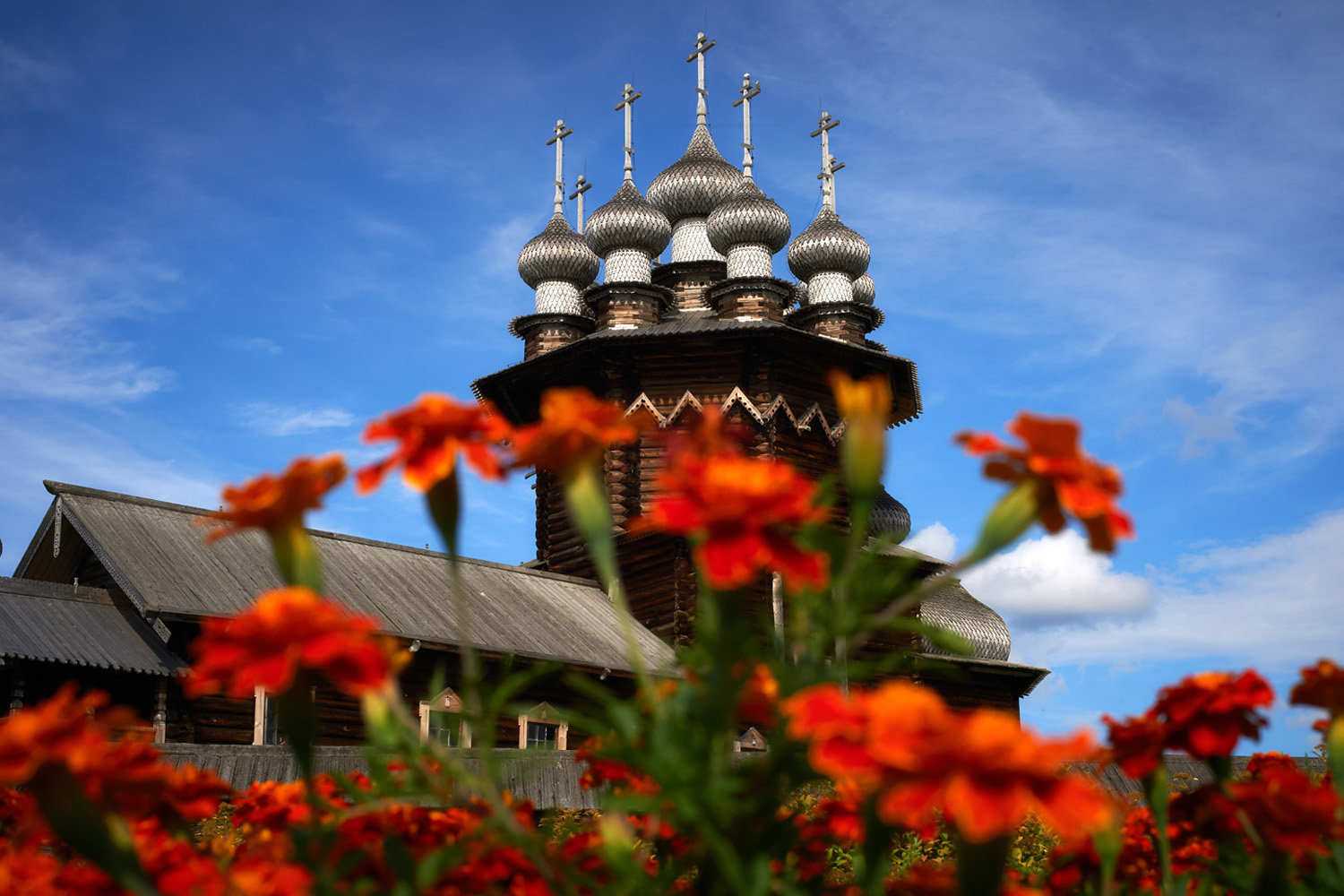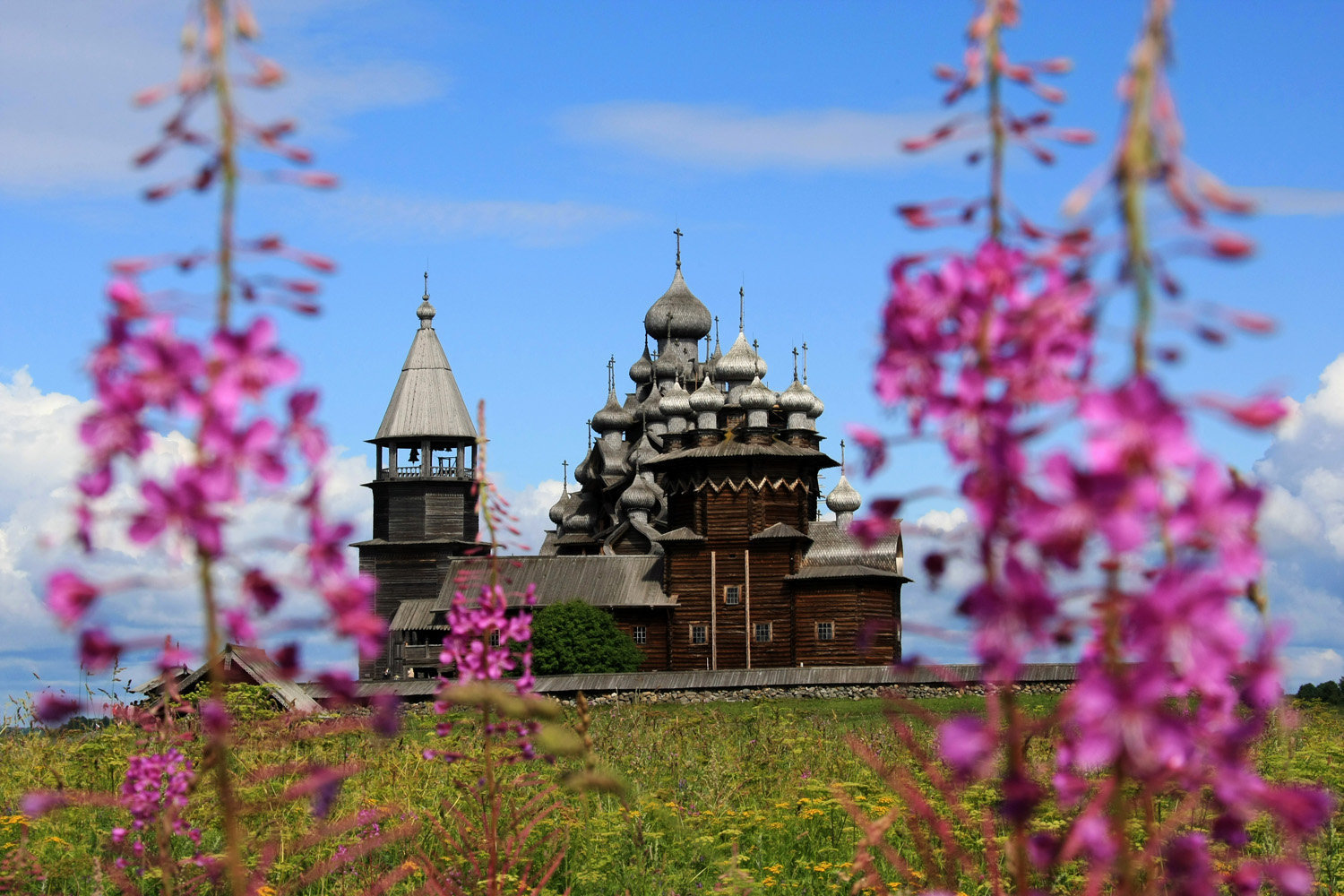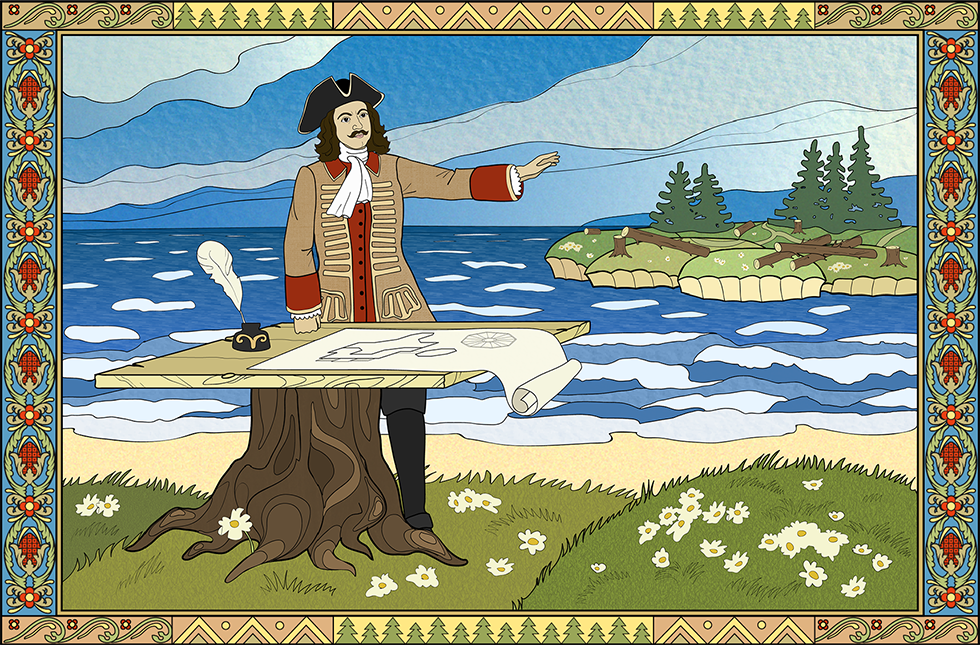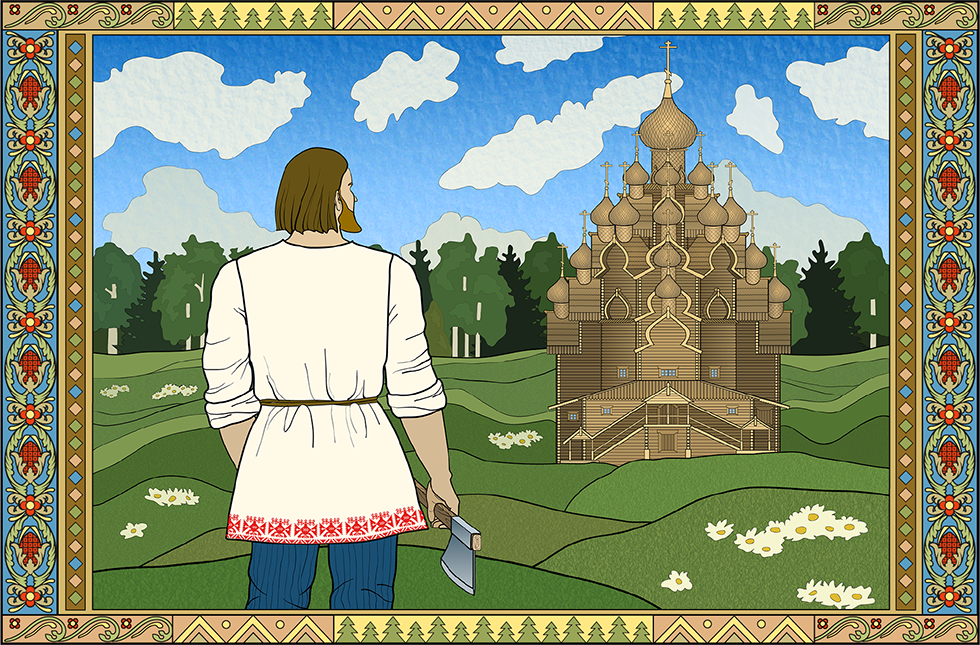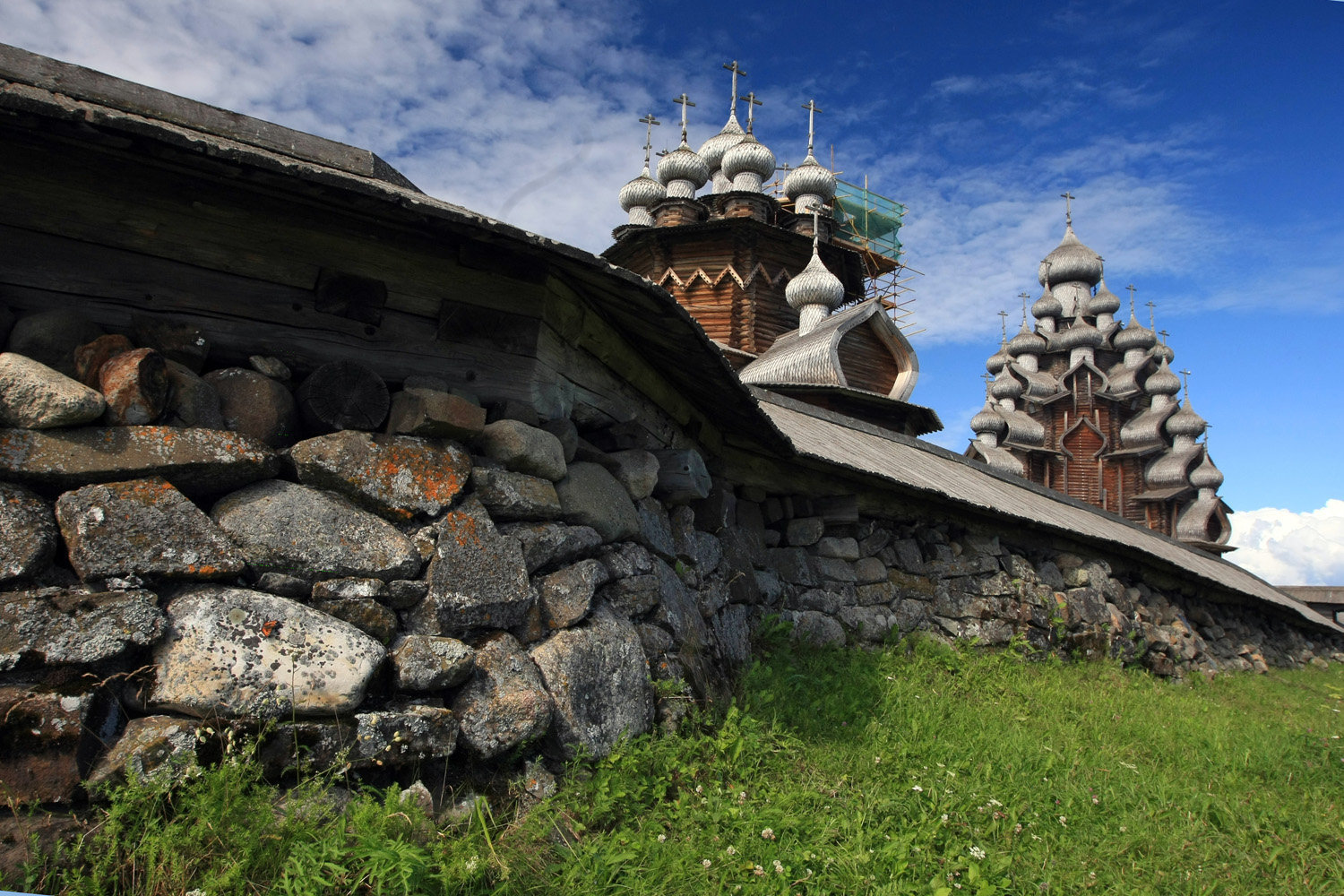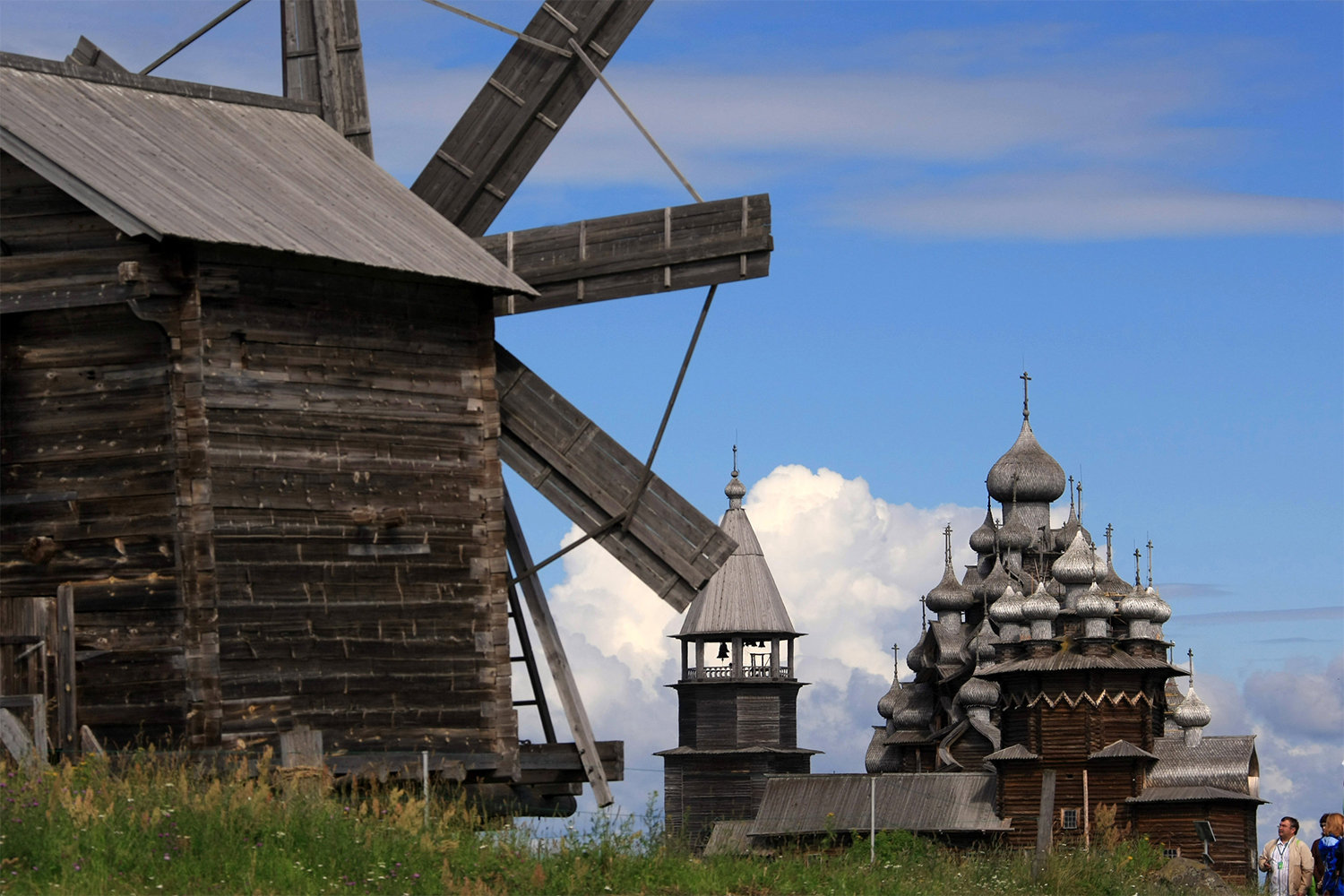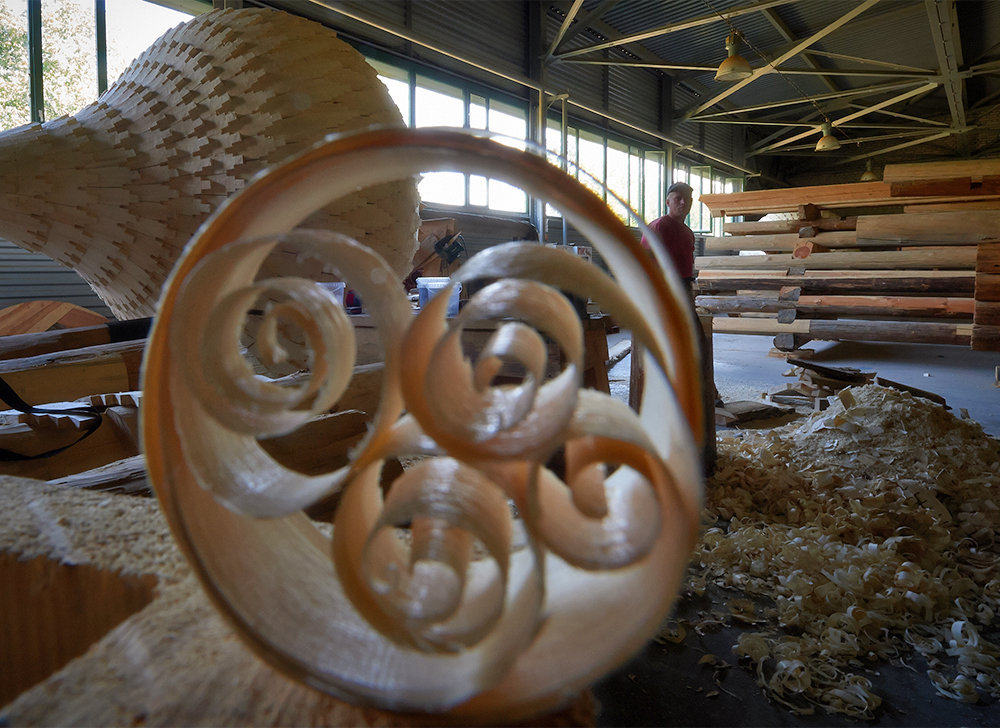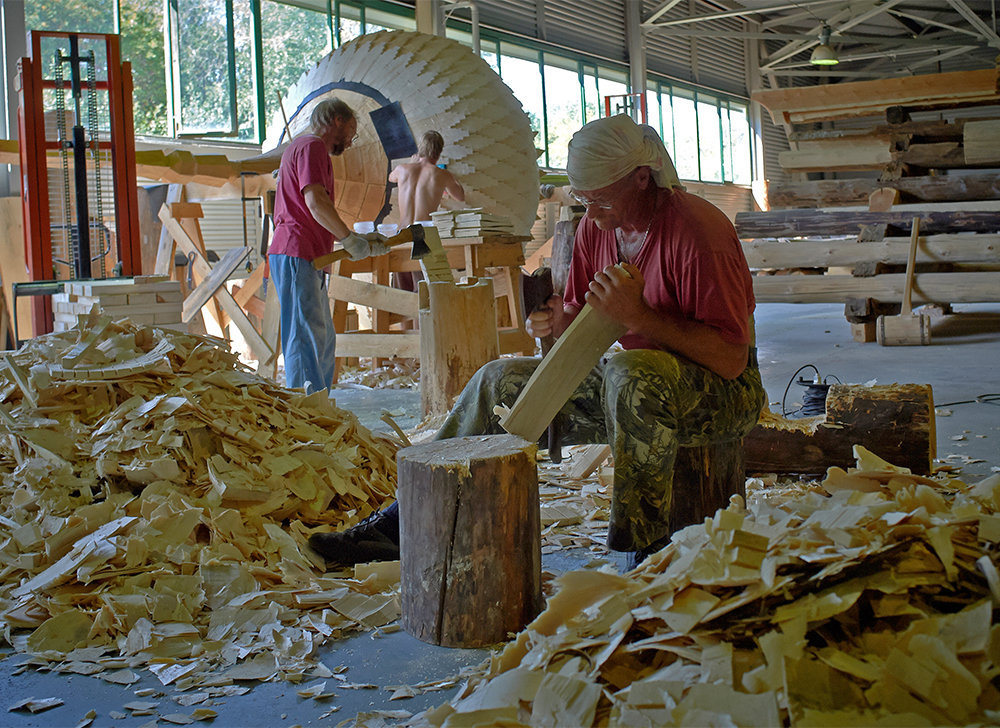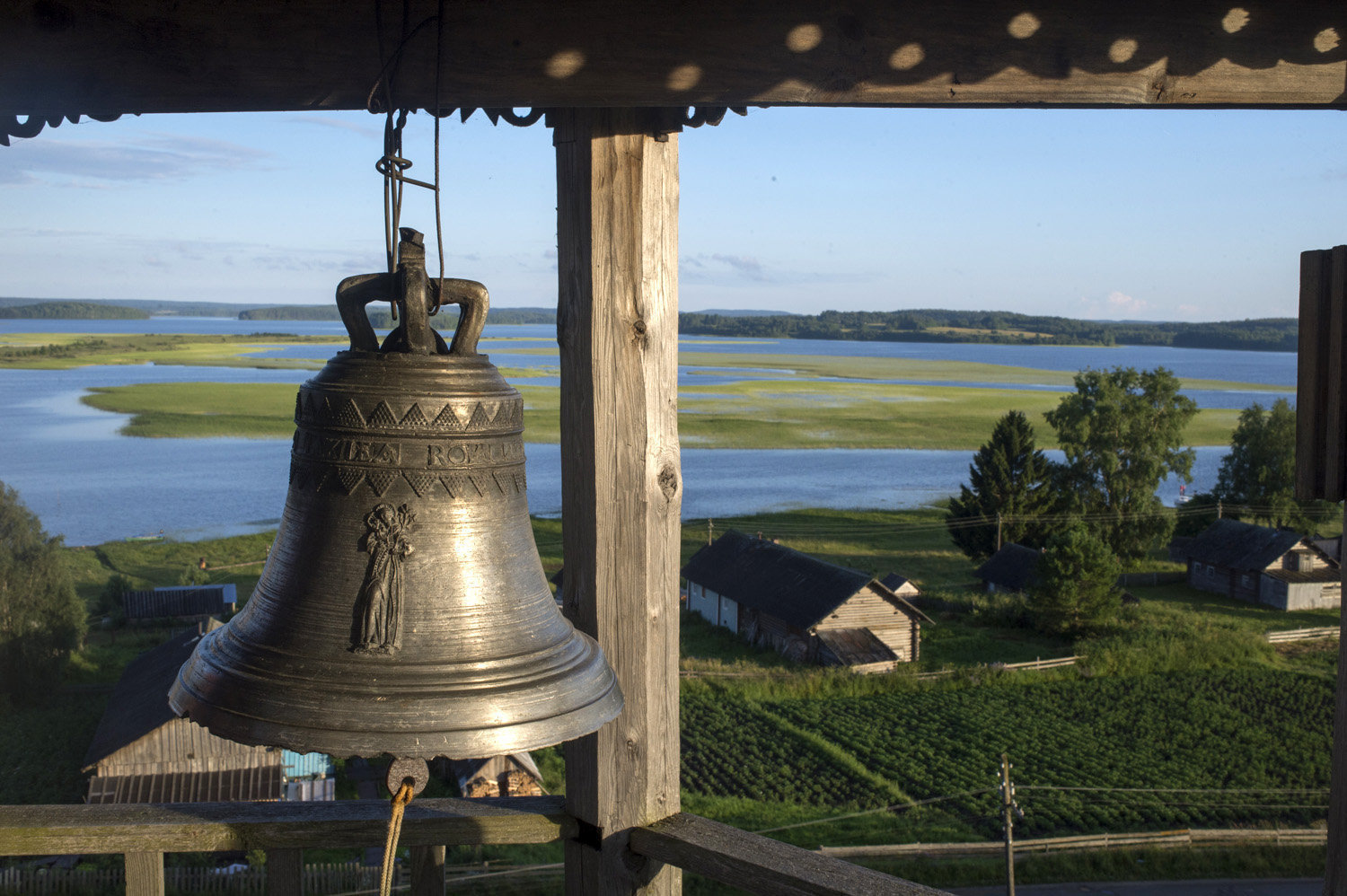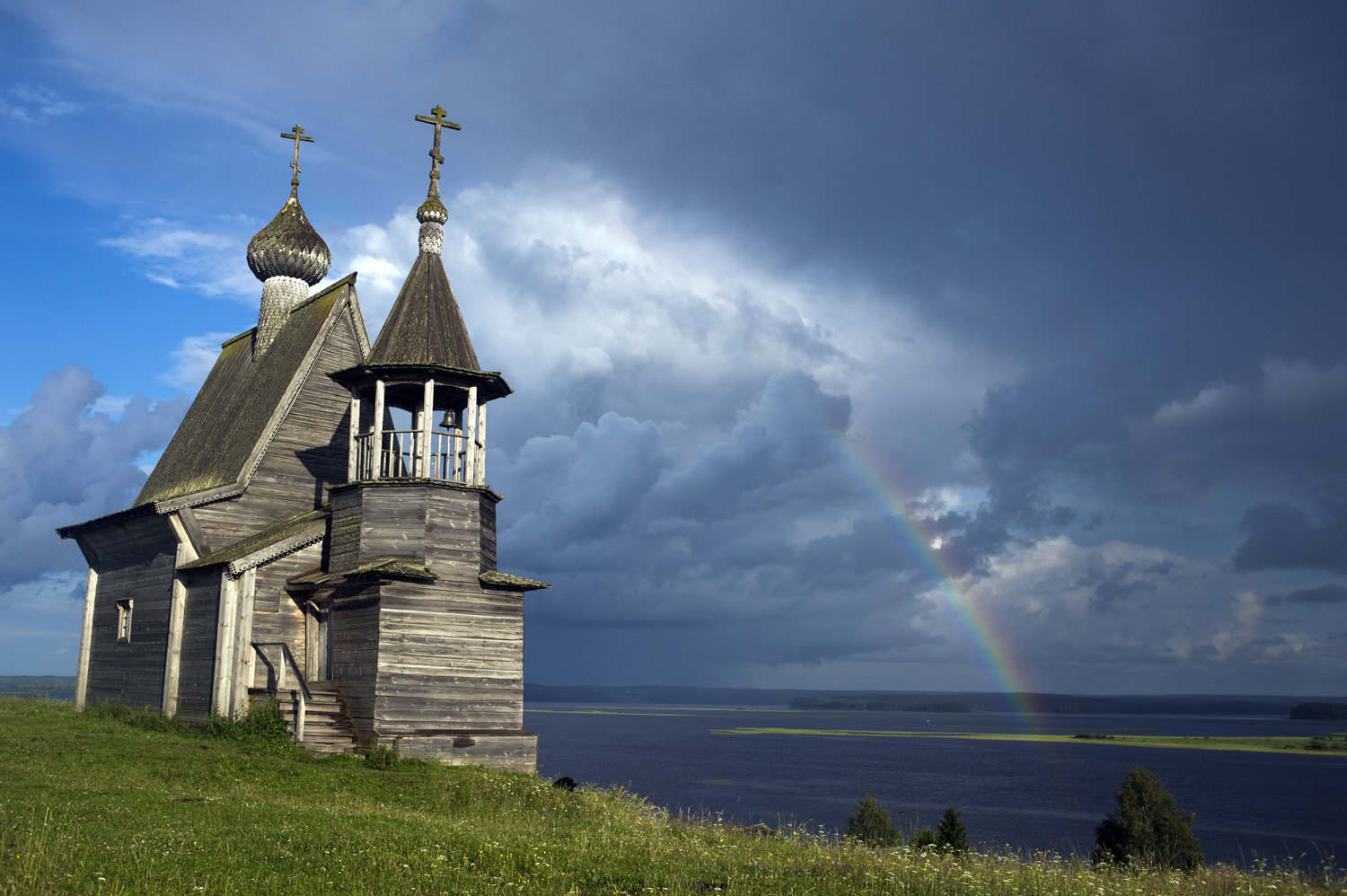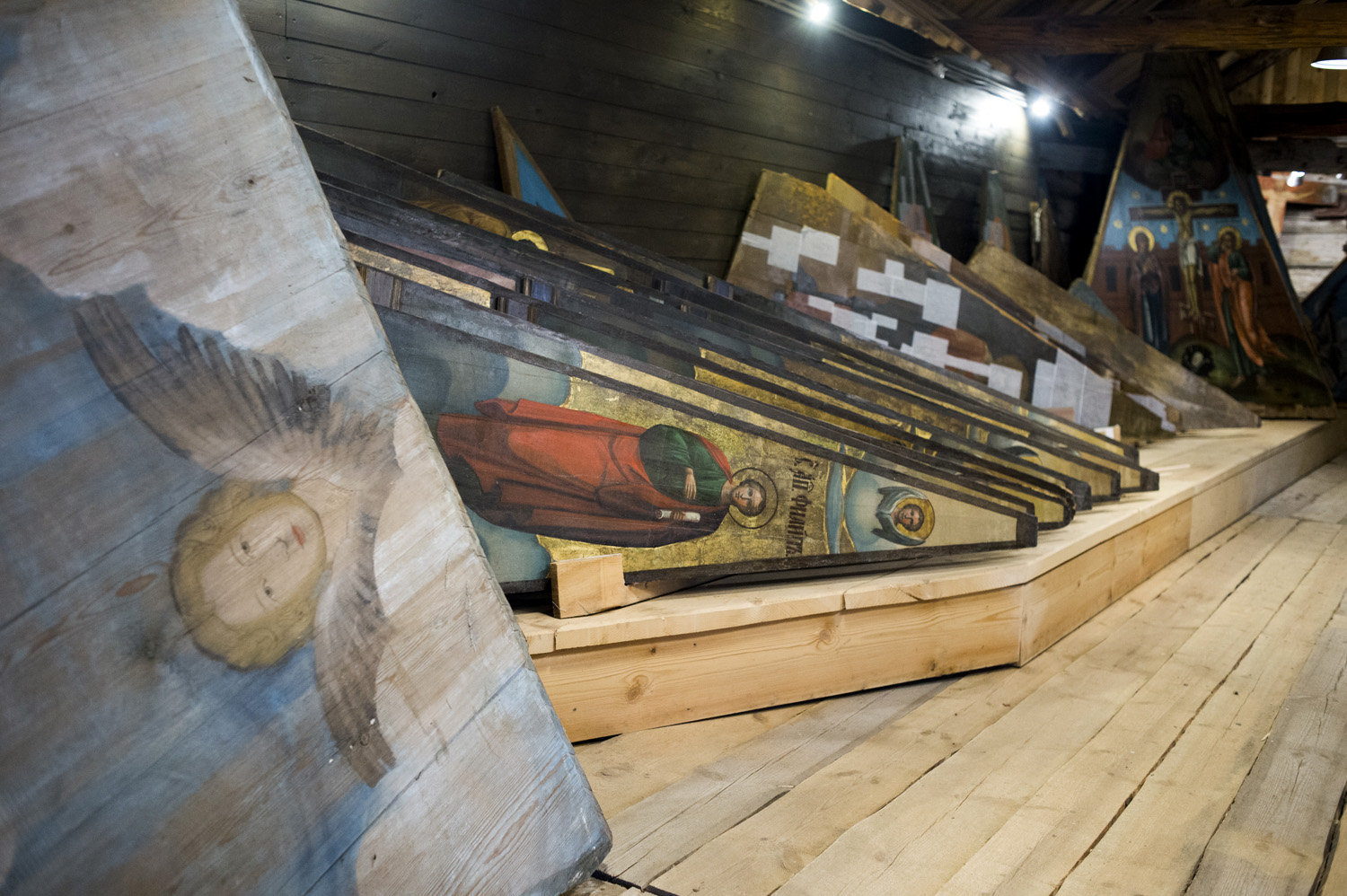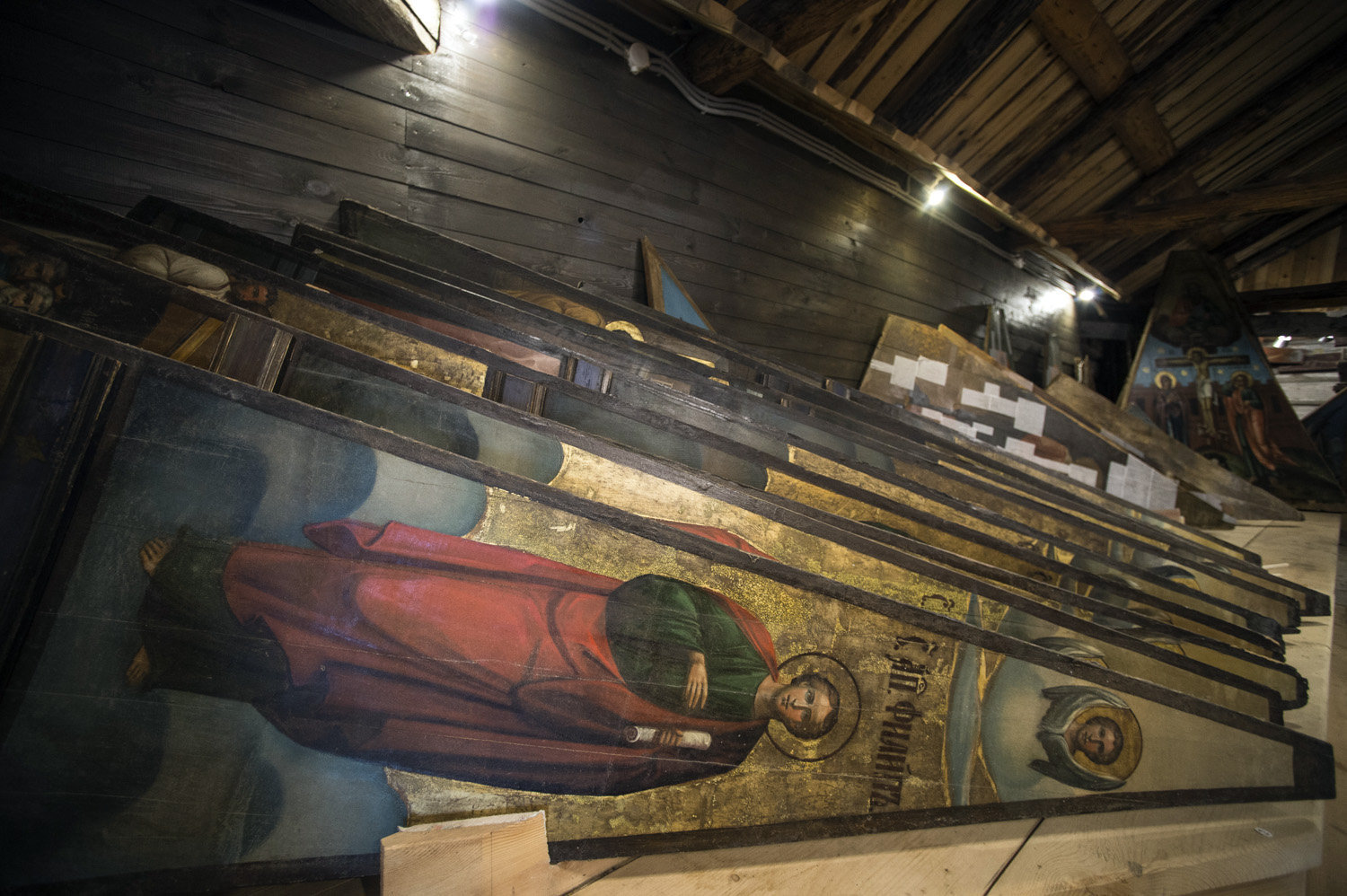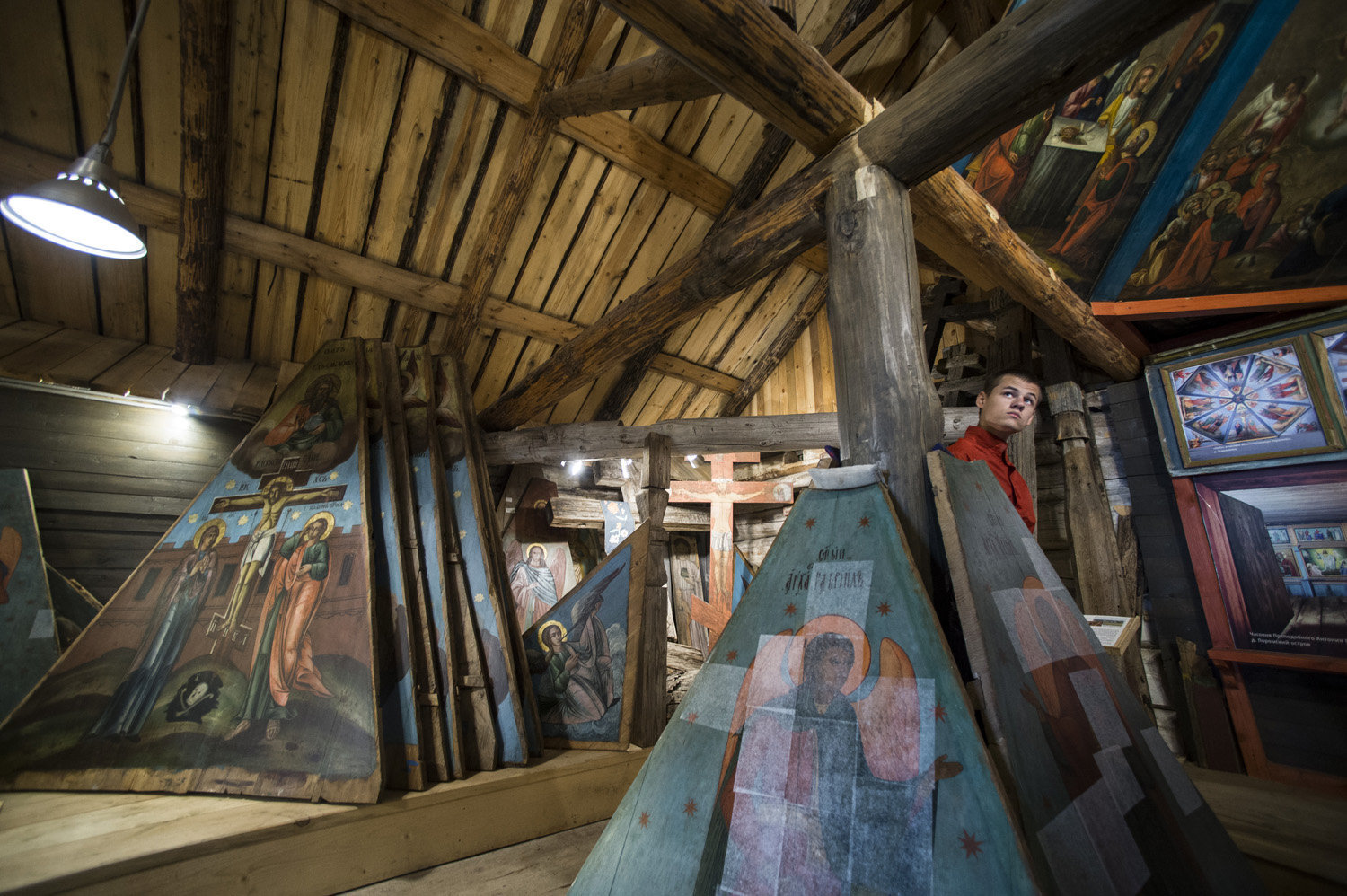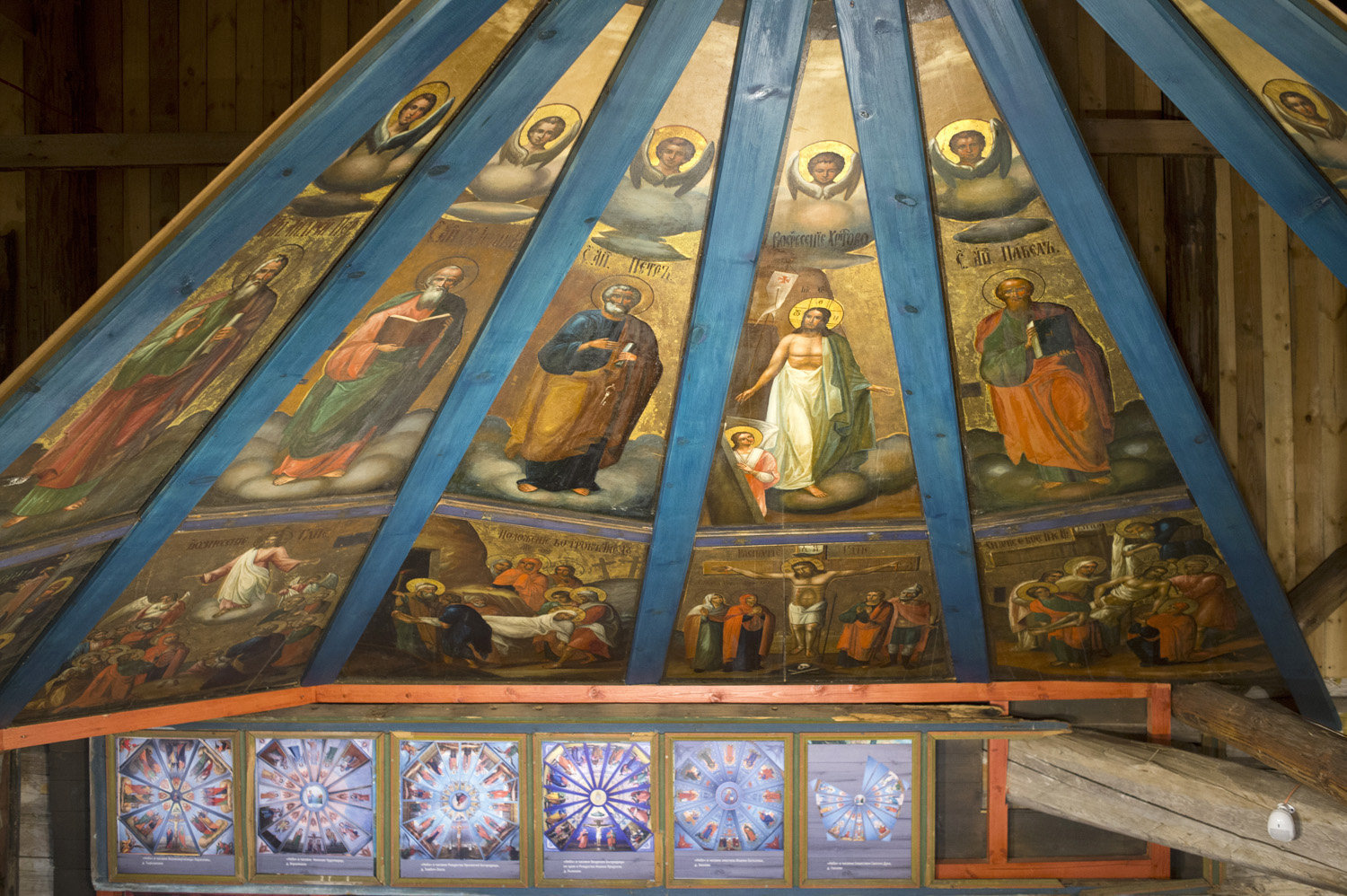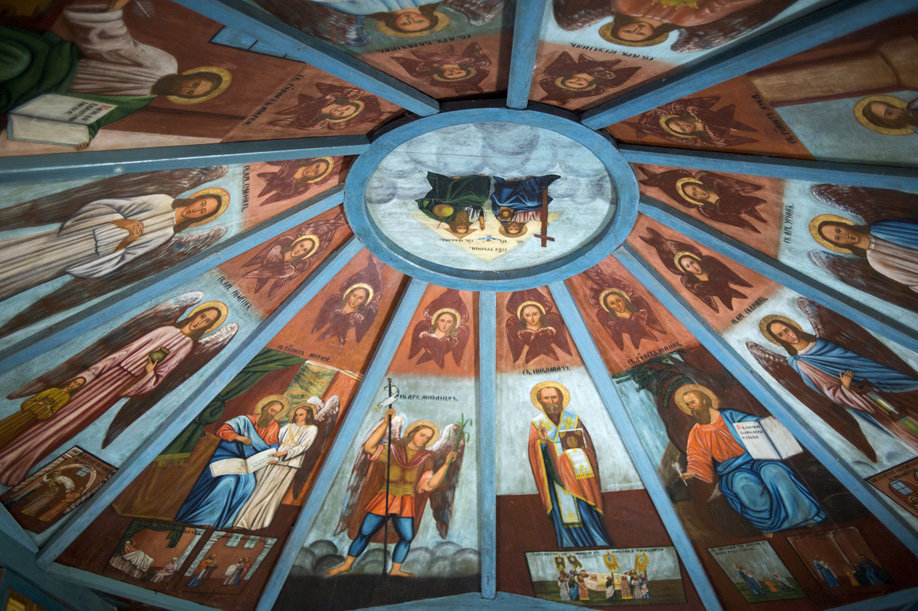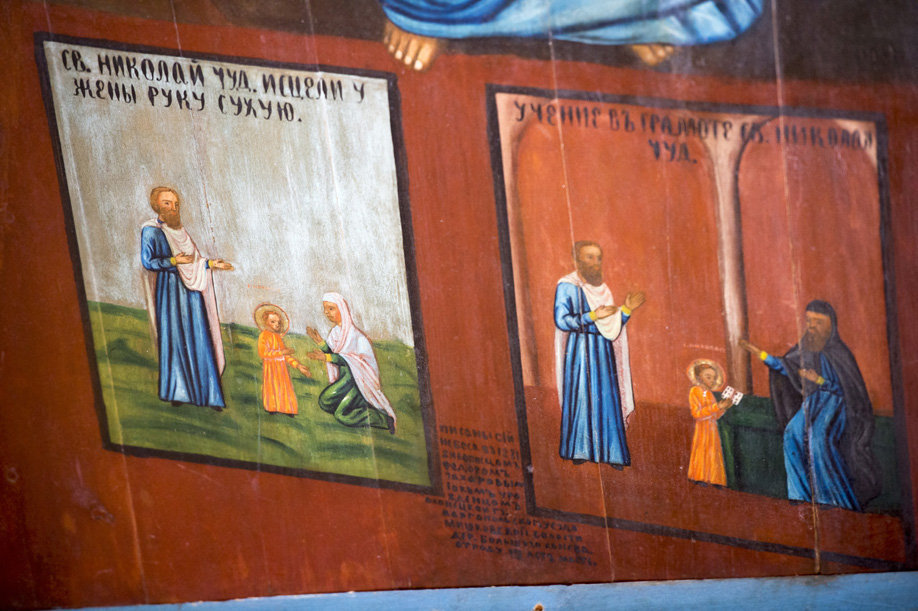The first sites on the territory of Russia that were added to UNESCO's World Heritage List in 1990 included St. Petersburg's historical center, the Moscow Kremlin with neighboring Red Square and the architectural complex of the Kizhi Pogost.
The Church of the Transfiguration of Our Lord on an island, which has long since become Kizhi's main landmark, has spawn the area's greatest attraction. It is a wooden church with 22 domes that rises high above the surrounding buildings and can be seen from boats sailing to the island.
In the early 18th century, the first church building burnt down after a lighting strike and the church that was built in its place in 1714 has survived to the present day. The name of the architect is unknown but there are two legends associated with the creation of this unique church.
